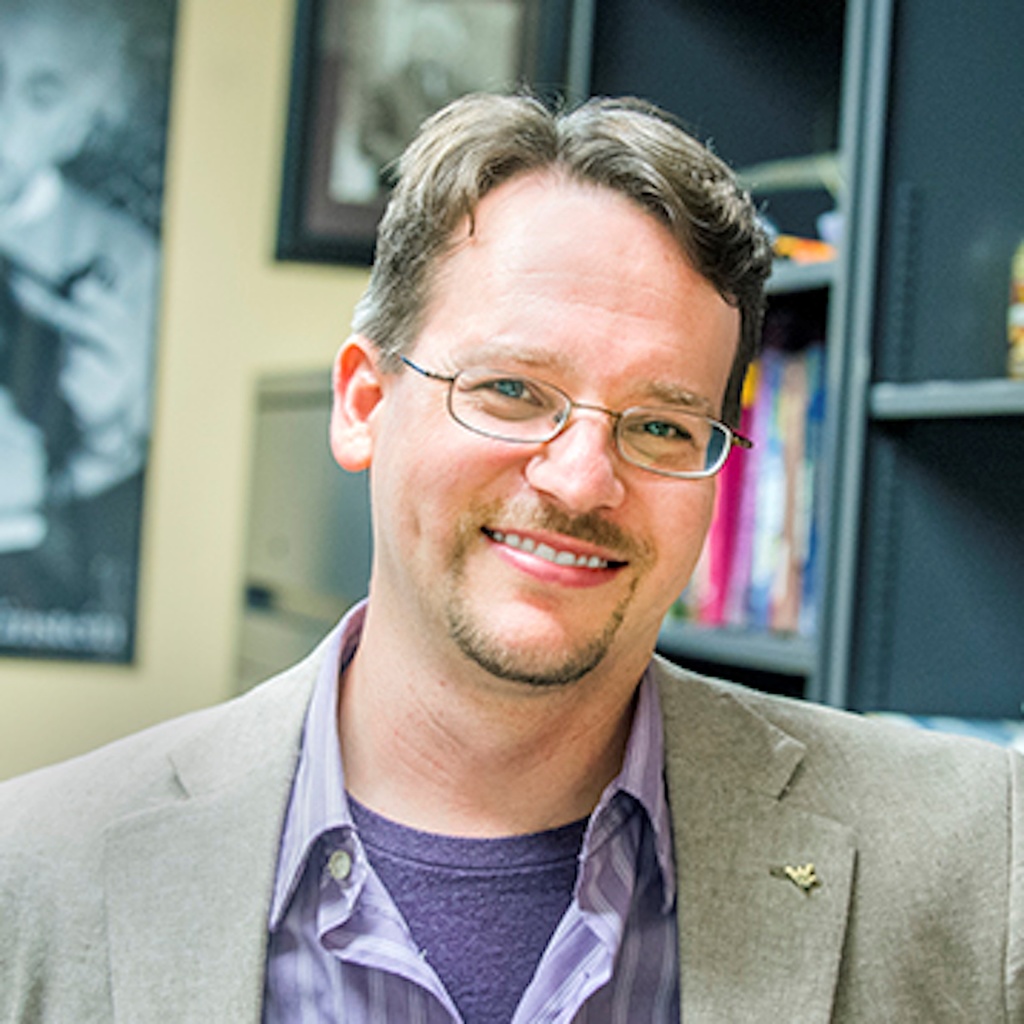
Two Aspects of Non-LTE Evolution in Plasmas: Relative Entropy and Pressure-Strain Interaction
Professor Paul Cassak; Department of Physics and Astronomy, West Virginia University
Energy conversion and the time evolution of systems in local thermodynamic equilibrium (LTE) are well understood, but terrestrial and space/astrophysical plasmas are often not in LTE. How the departure from LTE impacts the energy conversion and time evolution of systems are at the forefront of research in numerous subfields of plasma physics. In this talk, two aspects of non-LTE energy conversion and time evolution are discussed. First, we note that all non-LTE internal moments are described by the relative entropy (Grad, J. Soc. Indust. Appl. Math., 13, 259, 1965). We derive a time evolution equation for it and argue its form complements or extends the first law of thermodynamics for systems not in LTE (Cassak et al., Phys. Rev. Lett., 130, 085201, 2023). We introduce a new quantity we call the “higher order non-equilibrium terms” (HORNET) which quantifies the local of approach to, or departure from, LTE (Barbhuiya et al., Phys. Rev. E, 109, 015205, 2024) with dimensions of power density, which is useful because it can be directly compared to standard power densities. We demonstrate the results in numerical simulations of magnetic reconnection, turbulence, and Landau damping of Langmuir waves. Second, we discuss the non-LTE conversion of energy between bulk kinetic and internal energy in weakly collisional and collisionless plasma processes, which is described by the so-called pressure-strain interaction. This quantity has been used extensively recently to describe energy conversion in plasma turbulence and magnetic reconnection. It is common to decompose it into the pressure dilatation and “Pi-D”, which isolates energy conversion via compressible and incompressible physics, respectively. Here, we propose an alternative decomposition that instead isolates flow convergence/divergence and flow shear. We furnish a simple example to illustrate how Pi-D can be counterintuitive and the new decomposition is intuitive. Moreover, we derive the pressure-strain interaction in a magnetic field-aligned coordinates. Results from particle-in-cell simulations of two-dimensional magnetic reconnection will be shown, and we identify the physical mechanisms for the energy conversion in the simulation. The results of this study should be useful for fundamental plasma processes such as reconnection, turbulence and collisionless shocks.
Bio: Dr. Cassak received a PhD in theoretical and computational plasma physics from the University of Maryland in 2006. He was a postdoc at the University of Delaware in 2007 and 2008. His research focuses on magnetic reconnection and its applications using analytical techniques, large scale numerical simulations, and observational data as appropriate.